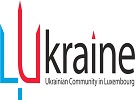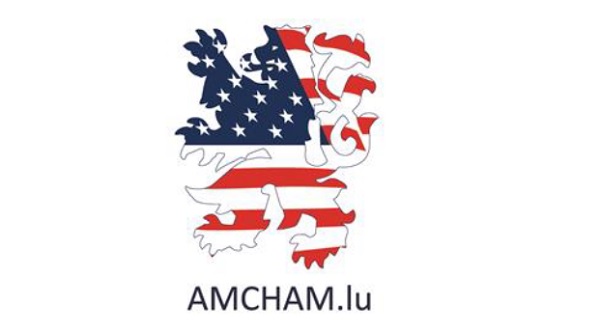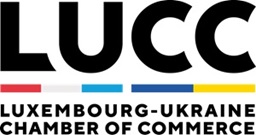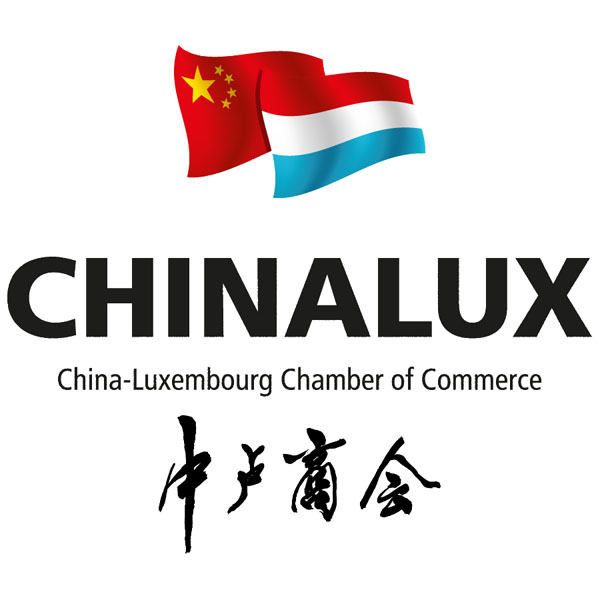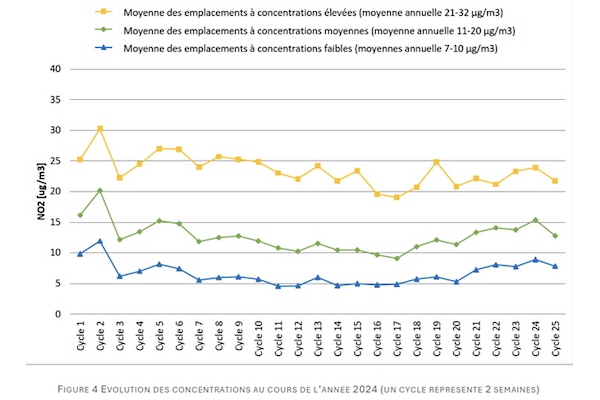 Evolution of national nitrogen dioxide (NO2) concentrations in Luxembourg during the year 2024;
Credit: Luxembourg Environment Agency
Evolution of national nitrogen dioxide (NO2) concentrations in Luxembourg during the year 2024;
Credit: Luxembourg Environment Agency
Luxembourg's Environment Agency announced it carried out the sixth national nitrogen dioxide (NO2) measurement campaign in 2024, in collaboration with the Klima-Agence and 36 Luxembourg municipalities, finding lower averages of the chemical compared to the previous year.
From 3 January to 18 December 2024, the pollutant was measured at 130 measuring points across the country. As in previous years, none of the measured sites exceeded the limit value of 40 µg/m³. The highest value was recorded in Echternach at 32 µg/m³, which remains below the regulatory threshold. Measurements at most sites already comply with the upcoming European limit value of 20 µg/m³, which will become mandatory in 2030.
The Environment Agency noted that since 2018, a downward trend in annual average NO₂ concentrations has been observed and attributed this to the modernisation of the vehicle fleet, alongside the increased uptake of electric vehicles.
The 2024 campaign highlighted seasonal fluctuations, seeing a peak occur in the second half of January due to weather conditions that hinder pollutant dispersion, such as low wind, thermal inversions and low rainfall. Conversely, particularly low levels were recorded at the end of August during the school holiday period, due to a sharp decline in traffic.
According to the final report, the most exposed areas remain densely populated urban zones and heavily trafficked roadways, particularly in the south of the country and some locations along the eastern border. Echternach remains stable, with the highest concentrations recorded in 2024.
The 2024 campaign saw participation from 36 municipalities, along with 130 monitoring sites, primarily selected in urban areas or near traffic. The Environment Agency announced that coverage was complemented with eight additional sites, notably in Luxembourg City, Esch-sur-Alzette, Remich and the municipalities of Wiltz and Beidweiler. According to the agency, Luxembourg City, which operates its own monitoring network, continues to be a key player in local air quality monitoring.
The agency noted that while the results of the 2024 campaign confirm current compliance with European requirements, they also underlined the need to maintain momentum, especially in areas that do not yet meet the future standard of 20 µg/m³. This is in line with the objectives of the National Air Quality Plan and the new EU directive on ambient air quality adopted in November 2024.
The Environment Agency encourages municipalities with urbanised zones heavily exposed to road traffic, which have not yet taken part in the campaigns, to join the collective effort for better air quality in Luxembourg.
The full report is available at www.emwelt.lu.




